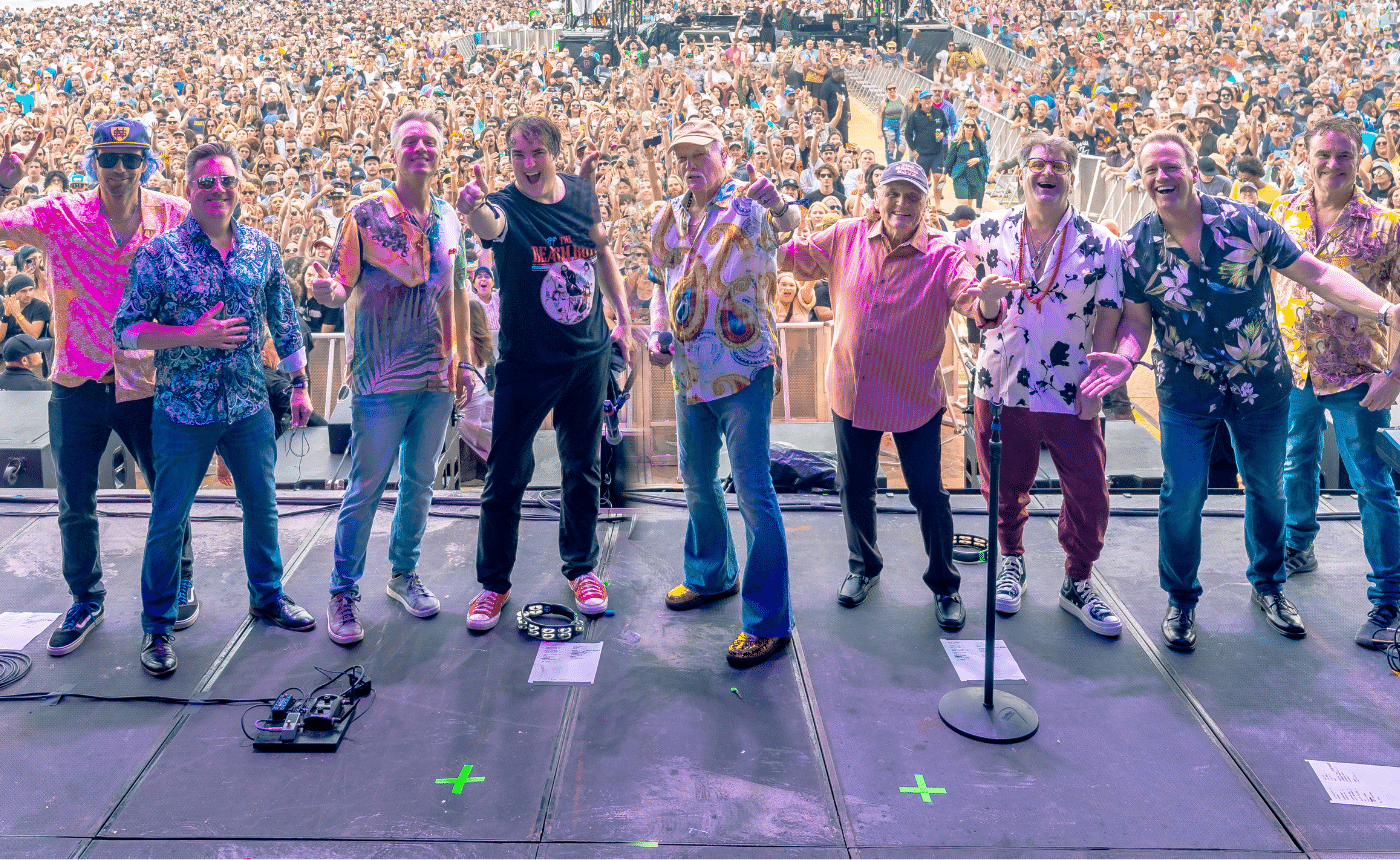Rachmaninoff – Symphony No. 2 in E Minor, op. 27
Written by Jeff Counts
Instrumentation: 3 flutes (3rd doubles piccolo), 3 oboes (3rd doubles English horn), 2 clarinets, bass clarinet, 2 bassoons, contrabassoon, 4 horns, 3 trumpets, 3trombones, tuba, timpani, bass drum, cymbals, snare drum, glockenspiel, strings
Duration: 60 minutes in four movements.
THE COMPOSER – SERGEI RACHMANINOFF (1873-1943) – Russia was a place of considerable social and political unrest in the years immediately following 1905. Rachmaninoff found it difficult to work during his country’s early attempt at revolution and sought professional refuge first in Pisa, Italy and later in Dresden. It was in the latter city that he completed his 2nd Symphony which, given his previous experience with the genre, was a considerable feat in its own right.
THE MUSIC – Rachmaninoff’s 1st Symphony failed miserably in 1897 and the disaster nearly convinced him to abandon large-scale composition forever. It was three years before he made another attempt with the 2nd Piano Concerto and thankfully its reception was as resoundingly positive as the 1st Symphony’s was negative. Though apparently cured of his malaise, Rachmaninoff remained reluctant regarding the composition of another symphony until 1906 while in beautiful, uncomplicated Dresden. It was a fitful endeavor at first and the initial draft was not to his liking. He checked his frustration however and reworked the score into the embodiment of expression and confidence that would win him the coveted Glinka Prize. Rachmaninoff conducted the 1908 premiere in St. Petersburg and, in contrast to the experience from a decade before, the music was met with great enthusiasm from the audience. It is an expansive work and rather a long work in the eyes of many. Almost from the start, Rachmaninoff’s conductor colleagues suggested performance cuts to the piece (some quite extensive and totaling almost 20 minutes) and the composer surprisingly blessed the majority of them. That he would be anything other than incensed by such revisionism is hard to imagine, but he seemed to see absolutely no harm in it. According to one source, Rachmaninoff in fact stated that he had “no objections” to cuts to his symphony if others thought them necessary but that he almost always conducted it himself in its original, complete form.
THE WORLD – Elsewhere in 1908, a large group of women stormed the British Parliament demanding suffrage, the Model T Ford was introduced in America, the Geiger Counter was invented and The Wind in the Willows was published by Scotsman Kenneth Grahame.












